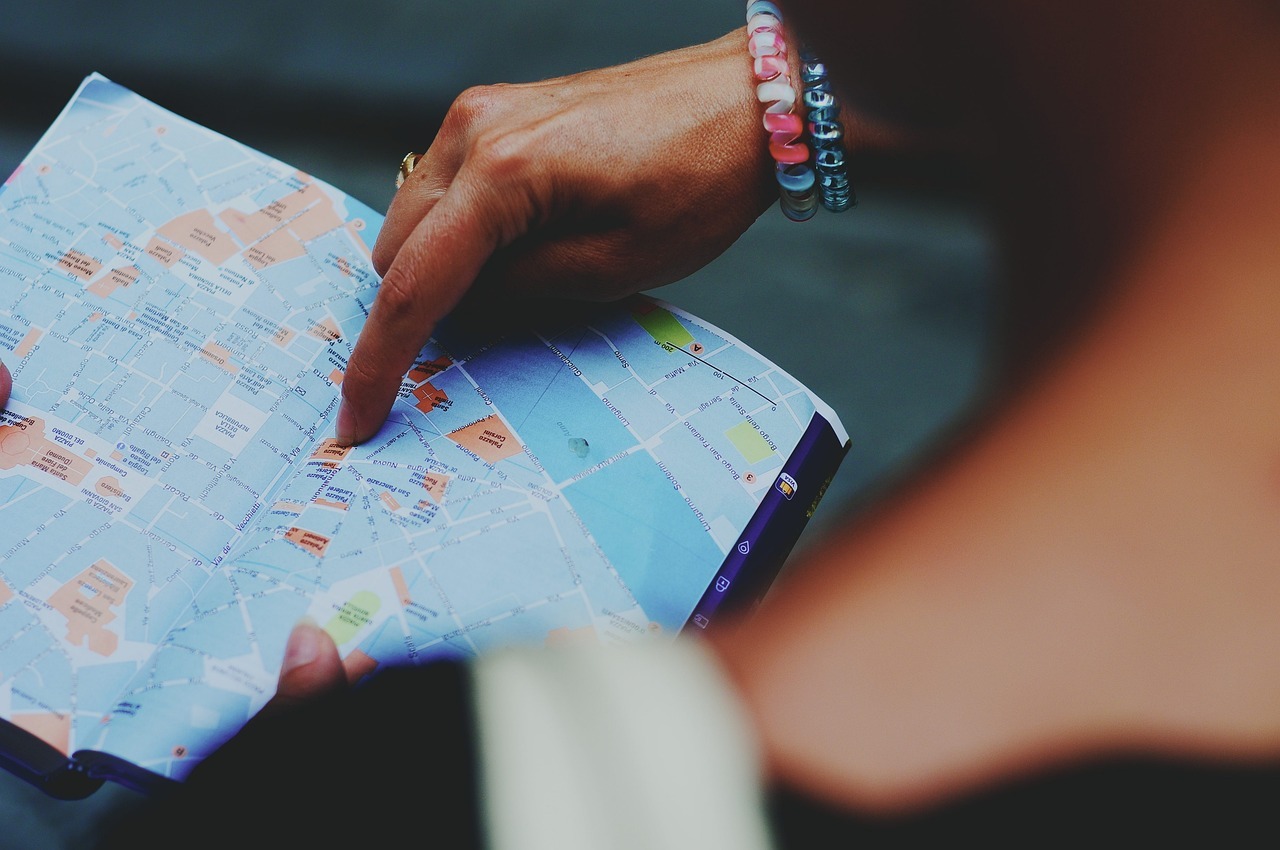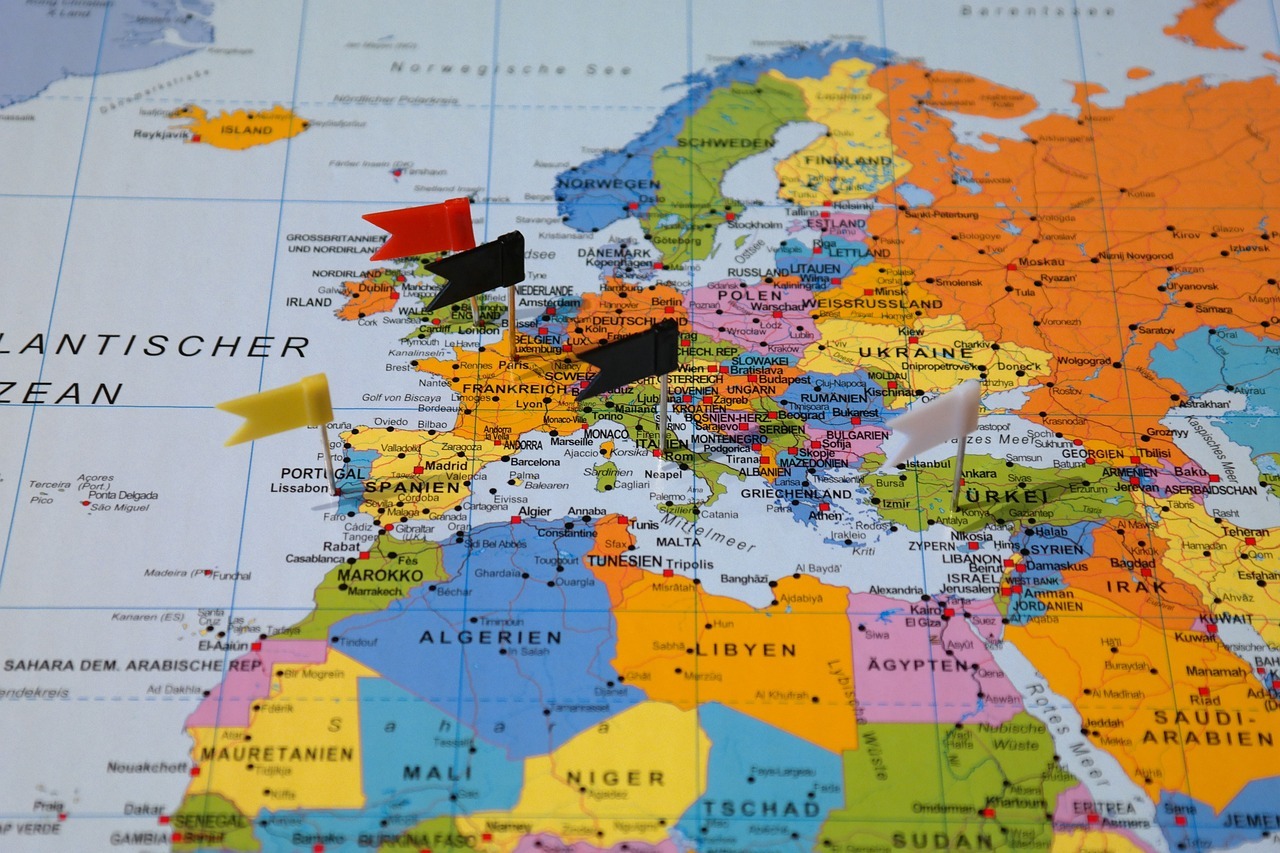The Amazing Race is regarded as one of the most popular reality shows in the history of TV. What’s great about The Amazing Race is that the races for each season are set in different parts of the world, so the scenes in the show are truly breathtaking and are appealing to audiences that like to travel or would want to travel to beautiful tourist attractions.
So, besides the exhilarating and inspiring races, The Amazing Race also featured amazing shots, panoramas, or views of different countries, cities, towns, and islands. To know more about the creation of the show and its impact on pop culture, here is a guide to The Amazing Race and what made it so popular.
The Creation of The Amazing Race
The idea for The Amazing Race was conceived by Elise Doganieri and Bertram van Munster, who worked as executive producers for various shows. [1] These two producers often worked together as co-producers for shows like “Cops” (1989 to present) before eventually getting married.
In the early 2000s, Bertram van Munster was looking for another concept for a TV show after finishing the production of the documentary series called “Wild Things.” Doganieri, who just came back from an annual trade show called MIPCOM, complained to her husband about the lack of good ideas or concepts from the people who are working in the TV industry. So, as a dare, Van Muster asked his wife to come up with an idea herself.
Doganieri then came up with a TV show idea that focuses on contestants who will participate in a race across the world. Doganieri got this idea because of her experience in backpacking across Europe and interacting with local residents in different cities and towns. The race would involve a team of two people who will have to work together in order to accomplish missions and ultimately win the race.
Van Munster and Doganieri then approached Jerry Bruckheimer and Jonathan Littman, two TV executives who have worked on dozens of different TV shows and films. The meeting between the four people led to the refined concept of The Amazing Race, which was first known as the CBS Summer Global Adventure Series. The first season of the show was filmed between March and April of 2001.
How Does The Amazing Race Work?
The Amazing Race is usually participated by eleven teams of two, although the number of teams and players in those teams have changed for specific seasons of the show. Then, the race is divided into multiple legs, with the most common number of legs being twelve, and each leg is usually covered in just one episode.
At the end of each leg is a Pit Stop, where teams or players can relax and recover for twelve hours before they move to the next leg. However, the resting stage of the legs doesn’t happen sometimes, as teams that arrive at a certain Pit Stop would be asked to continue the race without resting. The legs act like a “mini race,” where the first team to arrive at the leg’s Pit Stop would receive a prize, while the last team to arrive is typically eliminated from the entire race.
In order to move to different locations, teams are given a traveling budget that they need to spend wisely for each leg. Unspent money from one leg can be used for the next leg. There are certain cases where teams would run out of money in the middle or near the end of the leg, and these teams have often begged locals in the area to just continue the race.
The Amazing Race doesn’t just involve teams moving from one place to another, as they would usually have to finish specific tasks before they are allowed to move to the next location. These tasks are called Roadblock, Detours, Fast Forwards, Intersections, Speed Bumps, and Switchbacks. Here are brief explanations of what these tasks are:
- Roadblocks – tasks that can only be accomplished by one member of a team.
- Detours – pairs of tasks where a team can choose which ones they want to complete.
- Fast Forwards – tasks that only one team can complete. Once the team has completed the task, they will be able to skip the remaining tasks in the leg and head straight to the Pit Stop.
- Intersections – tasks that require two teams to work together.
- Speed Bumps – tasks that can be accomplished by the last placed team in order to continue with the race.
- Switchbacks – tasks are based on previous tasks that were popular in the earlier seasons of The Amazing Race.
There are also two events that teams can use to stall or stop opposing teams from finishing the race, and these are Yields and U-Turns. Take a look below to learn more about these events.
- Yields – stations where a team can for another team that is trailing them to wait at a specific location for a predetermined amount of time, which would then effectively stall the opposing team in the race. A team can only yield an opposing team once each race.
- U-Turns – events where a team can force another trailing team to complete tasks that weren’t completed for the Detour. Much like Yields, U-Turns can only be used once per race.
The last leg of the race is run by the last three remaining teams, and the first to arrive at the finish line would receive the grand prize, which is one million US dollars. The start and the end of the race are commonly found in the United States. However, Season 34 (aired in 2022) started in Germany, and it was the first season of the American version of The Amazing Race where the race didn’t start in the US. [2]
The Popularity of The Amazing Race
The popularity of The Amazing Race wasn’t instant, as the show has faced near cancellations during the first few seasons. In addition to having the premiere of the show airing six days before the 9/11 attacks on CBS (an American radio and broadcast television network), The Amazing Race also competed with a similarly themed reality show called Lost (not to be confused with the sci-fi TV show that first aired in 2004).
Fortunately, critics gave The Amazing Race positive reviews in its first seasons, and it even won an Emmy Award for Outstanding Reality-Competition Programming in 2003 and 2004. [3] The show slowly gained fans, and by 2004, it became one of the most-watched shows in the United States. Critics credited the chosen teams and players for the seasons aired in 2004 for the success of the show, as there was much more personality with the season and there were even players that were portrayed as “villains” to make the show much more engaging to the audience and more tense for the teams in the seasons.
Due to demand, The Amazing Race was also aired in different countries around the world. AXN Asia, a pay television channel based in Singapore, is credited for helping The Amazing Race become incredibly popular in Southeast Asia. The popularity of The Amazing Race in various countries led to CBS licensing international versions of the show, with the most notable being The Amazing Race Asia.
The popularity of The Amazing Race is also attributed to the simplicity of the actual races, as the rules and mechanics are fairly simple to follow for both the teams and the audiences. However, the producers of the show would often change mechanics or add new events or rules to make each season fresh and exciting. The simple premise of the show was so effective and successful that other networks began creating or producing their own version of The Amazing Race. Some of the most notable race-themed reality shows include Treasure Hunters (by NBC), The Great Escape (by TNT), and The Pack (by Amazon).
Pop Culture Impact of The Amazing Race
The Amazing Race had such a big impact on pop culture that it was often referenced or mentioned in other shows like Robot Chicken, Glee, American Dad, The Simpsons, 30 Rock, and MadTV. One of the most notable references to The Amazing Race is in Sesame Street’s 38th Season, where Elmo is accompanied by a Muppet named “Amazing Al” (who is supposed to be the puppet version of The Amazing Race’s host, Phil Keoghan) as co-hosts of “The Amazing Alphabet Race.”
The Amazing Race also received a parody in the form of Total Drama Presents: The Ridonculous Race, a Canadian animated TV series that featured teams of two completing ridiculous tasks in order to finish a race. The parody originally aired on Cartoon Network Canada from January 4 to February 15, 2016.
The simple format of The Amazing Race was also used by local cities and towns to host a smaller-scale race where locals and tourists could compete to see which ones would be able to accomplish tasks and finish the race the fastest. The cities, towns, and islands that were visited by the teams competing in The Amazing Race also used the show for tourism, as tour guides would often host tours that visited the locations shown in the show.
The Amazing Race was an influential reality show that helped popular race-themed programs that are still being produced today. Although The Amazing Race’s popularity isn’t as high as it used to be in the 2000s, no one can deny that the show will forever remain memorable and iconic for many people around the world.
References
[1] White, P. (2021, May 1). ‘The Amazing Race’ Creators Hope To Get Back In Production Soon As CBS Reality Series Hits 1 Million Miles Travelled – Contenders TV Docs + Unscripted. Deadline. Retrieved September 1, 2023, from https://deadline.com/2021/05/the-amazing-race-bertram-van-munster-elise-doganieri-interview-contenders-tv-1234748421/
[2] Raphael, S. (2022, October 5). Where Did Filming Take Place for ‘The Amazing Race’ Season 34? Distractify. Retrieved September 1, 2023, from https://www.distractify.com/p/the-amazing-race-season-34-filming-locations
[3] Schneider, M. (2022, August 20). The Husband-and-Wife Duo Behind ‘The Amazing Race’ Reveal Where They Store All Those Emmys. Variety. Retrieved September 1, 2023, from https://variety.com/2022/tv/awards/the-amazing-race-emmys-bertram-van-munster-elise-doganieri-1235346354/



